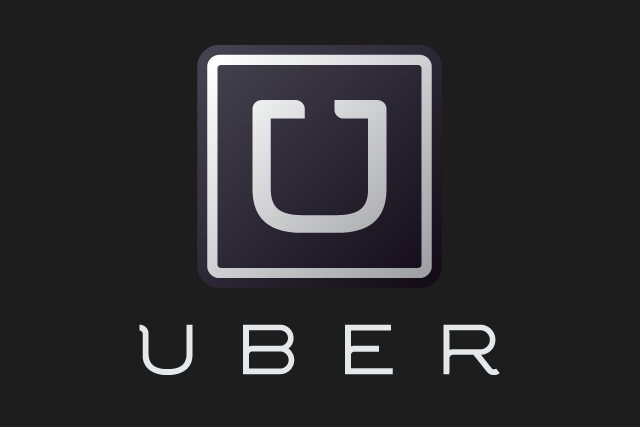
One of the first things life insurance agents are told while being trained, is to not talk about death, while selling an insurance policy.
And that perhaps explains, why the agents tend to talk about everything from the prospect of good returns to tax savings that can be made by buying an insurance policy.
People don’t like being told that they will die one day. And in case of an untimely death the life insurance policy will come to the rescue of their family, to some extent. Hence, insurance agents tend to talk about everything except untimely death.
Such behaviour stems from the fact that people react to things differently, depending on how they are framed. As Thomas Gilovich and Lee Ross write in The Wisest One in the Room—How You Can Benefit From Social Psychology’s Most Powerful Insights: “Psychologists over the past thirty years have demonstrated time and again that the tiniest change in how a question is worded or how an option is described can radically alter how it is understood—and therefore how people respond.”
So, if life insurance is sold as something you buy for the financial safety of your family in case of your untimely death, it doesn’t get sold. This happens because people don’t like being told about the most obvious truth in life.
Nevertheless, when they are told about returns and tax saving advantages, they queue up to buy the same insurance policy. In fact, another impact of this is that most insurance sold in India is not pure life insurance. Most insurance sold in India is essentially some form of investment with a dash of life insurance being built into it.
This leads to a situation, where people who buy insurance thinking it is insurance, are not adequately covered. In case of untimely death, the insurance payout along with the value of the investment, is unlikely to help the family maintain the same standard of living, as was in the past.
Such behaviour is visible not just when it comes to buying insurance but in other areas of life as well. As Gilovich and Ross write: “[People]…are more impressed by condoms whose manufacturers boast of a 95 per cent success rate rather than a 5 per cent failure rate. They are more supportive of taxes on the rich when the existing level of income inequality is described in terms of how much more the rich earn than the median wage earner than when it is described in terms of how much less the median wage earner earns than the rich.”
Hence, the way an option is framed leads to how people react to it. Let’s go into the issue of inequality a little more through the example of a factory. Let’s say the median salary of a worker working in this factory is Rs 5 lakh per year and that of a manager is Rs 25 lakh.
So the salary of a manager is 400 per cent more than that of a worker. But the salary of a worker is 80 per cent lower than that of a manager. Even though both options mean the same, the 400 per cent option sounds much worse than the 80 per cent option. And that is why Gilovich and Ross say what they do about taxes for the rich.
Another area where framing is put to good use are retail sales. Instead of having sales two or three times a year, retail chains can have lower prices all through the year. It would basically amount to the same thing. But lower prices all through the year, just doesn’t have the same emotional appeal of a discount, which gets people into the buying mode.
The point being that how an issue is framed essentially decides how it ends up in the mind of the consumer and how he or she reacts to it.
This column was originally published in Bangalore Mirror on August 31, 2016



